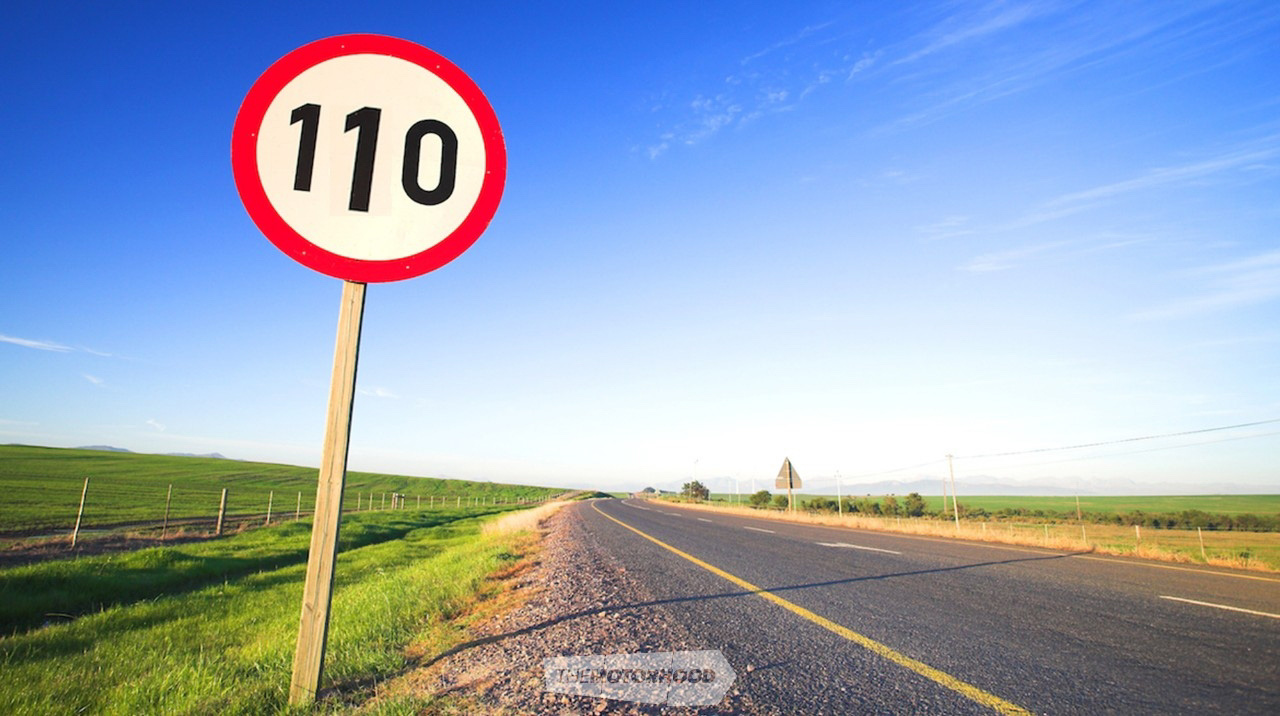“Are we there yet?”

The short answer is an emphatic ‘No, we’re not’! Just prior to Christmas, NZTA announced that it was considering raising the open road speed limit from 100kph to 110kph. As is often the case, some sectors of the media wrote it up as being everywhere, and commentaries focused on that. My first thoughts were, ‘Who is the Noddy that came up with this daft idea?’ Upon further investigation (read: check NZTA website) it became clear that the proposal was for targeting some sections of Auckland’s Southern Motorway, and a part of the Waikato Expressway. And that was it. There was no suggestion, implied or otherwise, that would have indicated that any roads in the South Island were being considered. However as is often the case with some media, don’t let the facts get in the way of an otherwise good story! Anyone with a modicum of common sense would have immediately realized that there are two important considerations which must be considered before raising the limits — on reflection, three. Is the road suitable? Is the overall standard of driving good enough to be able to handle the greater speeds? Are the vehicles capable of the speeds?
Factors Two and Three are inextricably linked, as I will explain.
The NZTA is best placed to give an opinion on the condition of New Zealand roads, so I would agree that the Southern Motorway is a suitable stretch of road to have a higher speed limit, as is the Waikato Expressway. But that is it. Certainly some sections of the road between Tekapo and Omarama are long enough, but one important factor needs to be taken into account — tourists! When the sky is blue there are some spectacularly great views of Mt Cook etc. Tourists will generally want to stop and get a selfie or two. My experience has been that these decisions are often spontaneous, and this results in a sudden slamming on of the brakes in the middle of the road and turning onto the shoulder. If there is no shoulder or suitable stopping place at the precise point at which some folk want to take a picture, they’ll just stop in the middle of the lane, thereby blocking the way for the car(s) immediately behind — in one recent case, the following car was being driven by me. Expressing your displeasure in the traditional manner using the extended middle finger is fine if they are looking, and the alpine horns can also be effective, if nothing else by increasing the sales of undergarments and/or laundry detergents at the next shopping centre. However yelling your displeasure in colourful words is ineffective if English is not the tourists’ first language! And as Tourism is NZ’s major income earner, we mustn’t upset them or make them feel unwelcome. So much so that when a tourist driver kills one or more Kiwis, New Zealand simply gives them a slap on the wrist with the proverbial wet bus ticket and sends them on their way.
Leaving tourists aside for the moment (wouldn’t that be great?) many New Zealand drivers cannot drive properly, either in town or on the open road, and until such time as they can, raising speed limits is just asking for more trouble. And to make matters worse we are daily making faster cars available to the masses. It’s often been said that a driver’s personality changes (for the worse) when they get behind the wheel, and maybe mine does too sometimes, but in my case it is often borne out of frustration, more than anything else. In early December 2016 I availed myself of the opportunity to make a motorcycle trip up what is now known as New Zealand’s longest cul-de-sac, which is the road from the Waiau intersection (Hanmer Springs / State Highway 7) to Cheviot, here in the South Island, created when most of State Highway One both north and south of Kaikoura disappeared into the sea following the devastating 7.8 earthquake in and around Waiau. Cul-de-sac was the correct term for this road. Between the turnoff and Cheviot I encountered just one other vehicle — a police car! Fortunately I was adhering to the speed limit (well, near enough anyway!) and I did not experience the usual blue and red flashes in my rear view mirrors. Having said that, there were a handful of straight sections which, when minus traffic, are tailor-made for winding the throttle open, but I resisted the temptation (I’m certainly not going to admit any indiscretions here, am I?).

Impatience is another issue relating to speed. Doesn’t anyone take this into account any more? What ever happened to leaving a bit earlier to avoid the rush? A few years back I was driving the MkI back from Picton in a convoy of other Zephyrs. The average speed was around 90kph. Everyone seemed happy enough with this pace, including non-car-club cars sprinkled throughout the convoy. Most of us were maintaining the courtesy gaps in-between vehicles (you remember? 100kph = six car lengths?). Then some driver (whose name turned out to be Richard Cranium) joined the convoy at the rear, and systematically started to overtake as few or as many cars as he could in the face of oncoming traffic. The effect of him diving in and out of the convoy, causing cars to brake suddenly slow down, caused the average speed of the convoy to drop from approximately 90kph to around 55 or 60kph! He eventually stopped at the seal colony north of Kaikoura, so it was clear that he didn’t have to be in Christchurch to meet a plane or anything important, rather he was just another impatient driver. While the speed limit on this stretch of State Highway One is 100kph, the windy bits dictate a slower, and thus safer speed, especially when encountering the sharp bits. One also has to keep an eye out for tourists who have stopped at the various rest areas, and recently rejoined the highway, albeit often on the wrong side as while checking their smart phones and/or taking more selfies, they have missed those directional arrows on the road surface and are carrying on until tragedy strikes. The family of one of this magazine’s regular readers tragically lost some relatives in such an incident, upon rounding one of many blind corners, they collided with a tourist who was on the wrong side of the road. Apart from limiting the speed limit on that stretch of road to around 20kph, there is not a lot which can be done to prevent this type of accident, unfortunately.
While the Kaikoura/Waiau earthquakes have been devastating (personally and economically) for locals, in terms of loss of business, homes, property etc, one upside is that for the foreseeable future, tourists in campervans will be conspicuous by their absence on that stretch of road! Years ago, when I was little boy, rental companies had speed-limiting devices (read: governors) fitted to most rental vehicles. Once I was older, I debated the need to fit a speed limiter to a Morris Minor! More recently someone (no prizes for guessing which industry sector it was) persuaded NZTA to lift the limitation on the licence type required for driving these huge mobile homes/campervans, so they could be driven by anyone with an ordinary car licence (and in many instances one of dubious origin!). It wasn’t that long ago that I would have required a Heavy Traffic (HT) licence to drive my old Bedford ambulance. Now a car licence is sufficient.
As long as we keep encouraging people to drive faster regardless of their competency levels we will have more deaths on our roads. Picture this: a tourist gets off a plane at Auckland Airport, jumps into a rental campervan/ mobile home, and heads south on the motorway, sees the 110kph limit signs, and immediately thinks that this is the open road limit for the rest of the country. A recipe for disaster, for sure. Bring back speed limiters, raise the bar for licences for these heavier rental vehicles, as a first step. Who knows, the life saved might be mine?
Hope you all had a safe Christmas break.


